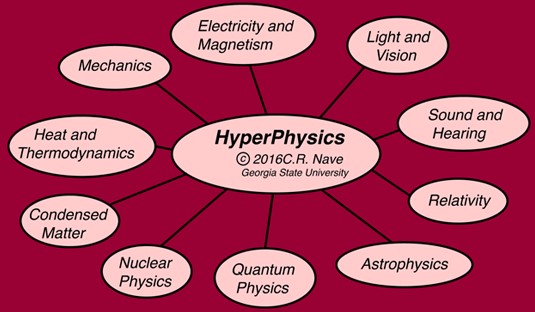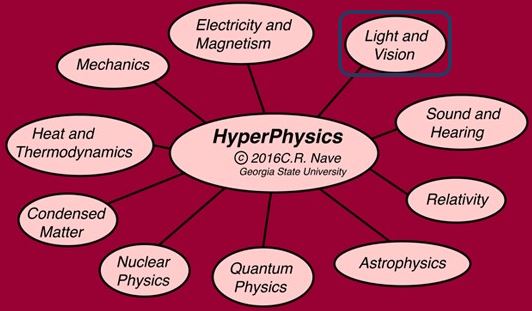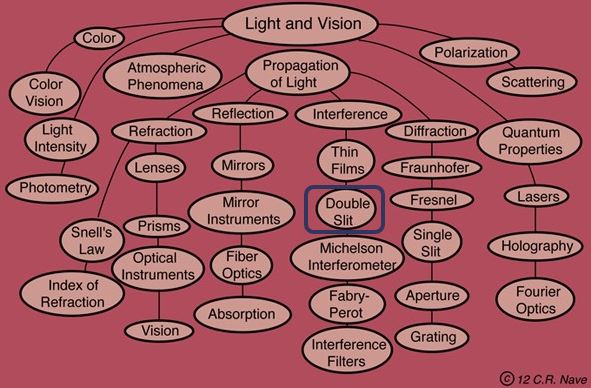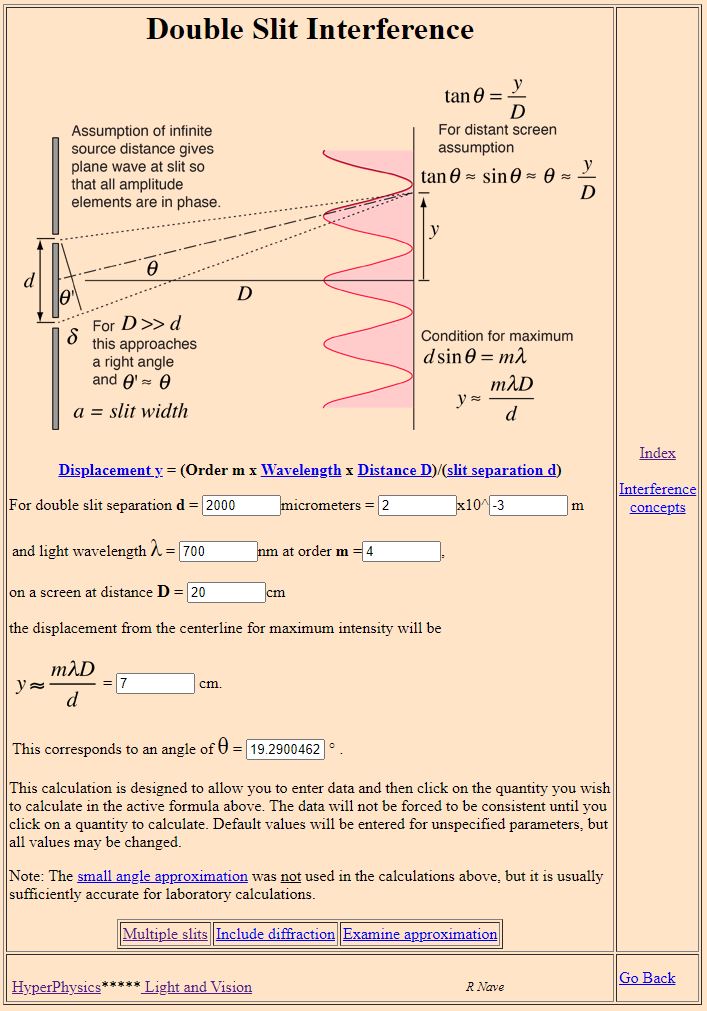
What is HyperPhysics?
Check out an all-encompassing resource for navigating physics equations and concepts! Forget having to look back and forth between textbooks and Wikipedia. The Department of Physics and Astronomy of Georgia State University has developed a tool called HyperPhysics that solves this problem by combining most known scientific topics, equations, and concepts into one easily interconnected/navigable tool!
The layout of HyperPhysics consists of nodes of separate concepts of physics known as "cards," that are connected through thousands of links, resembling a neural network. The purpose of these concept maps is to provide a visual overview of connected materials, making it easier to find corresponding equations and concepts. HyperPhysics is a popular resource with over 3 million users annually and 2 million file accesses per day, with search engines returning over 200,000 links to the website.
How to use HyperPhysics
Here is a quick example of how to navigate through the HyperPhysics network:
I want to find out the equation for the probability distribution of light patterns in a double slit experiment. In a double-slit experiment with an observer, a laser is used to shine light on a barrier with two narrow parallel slits in it. The light passes through the slits and creates a diffraction pattern on a screen placed behind the slits. However, there is also an observer or detector placed near the slits to observe which slit the photon or particle passes through. The mere act of observing the particle causes it to behave like a particle rather than a wave and the interference pattern disappears. This phenomenon is known as wave function collapse or the observer effect. This experiment is often used to demonstrate the paradoxical nature of quantum mechanics and the role of observation in affecting the behavior of particles.

1. From the Home page I will navigate to "Light and Vision".

2. From “Light and Vision” I will follow the tree down to “Propagation of Light” to “Interference” and then finally to “Double Slit”.

That's it!
From here I can find the equations I need and even use some integrated calculators by plugging in the corresponding parameters.
Sources
HyperPhysics (2023). Department of Physics and Astronomy of Georgia State University. Retrieved April 19, 2023 from http://hyperphysics.phy-astr.gsu.edu/hbase/index.html.
